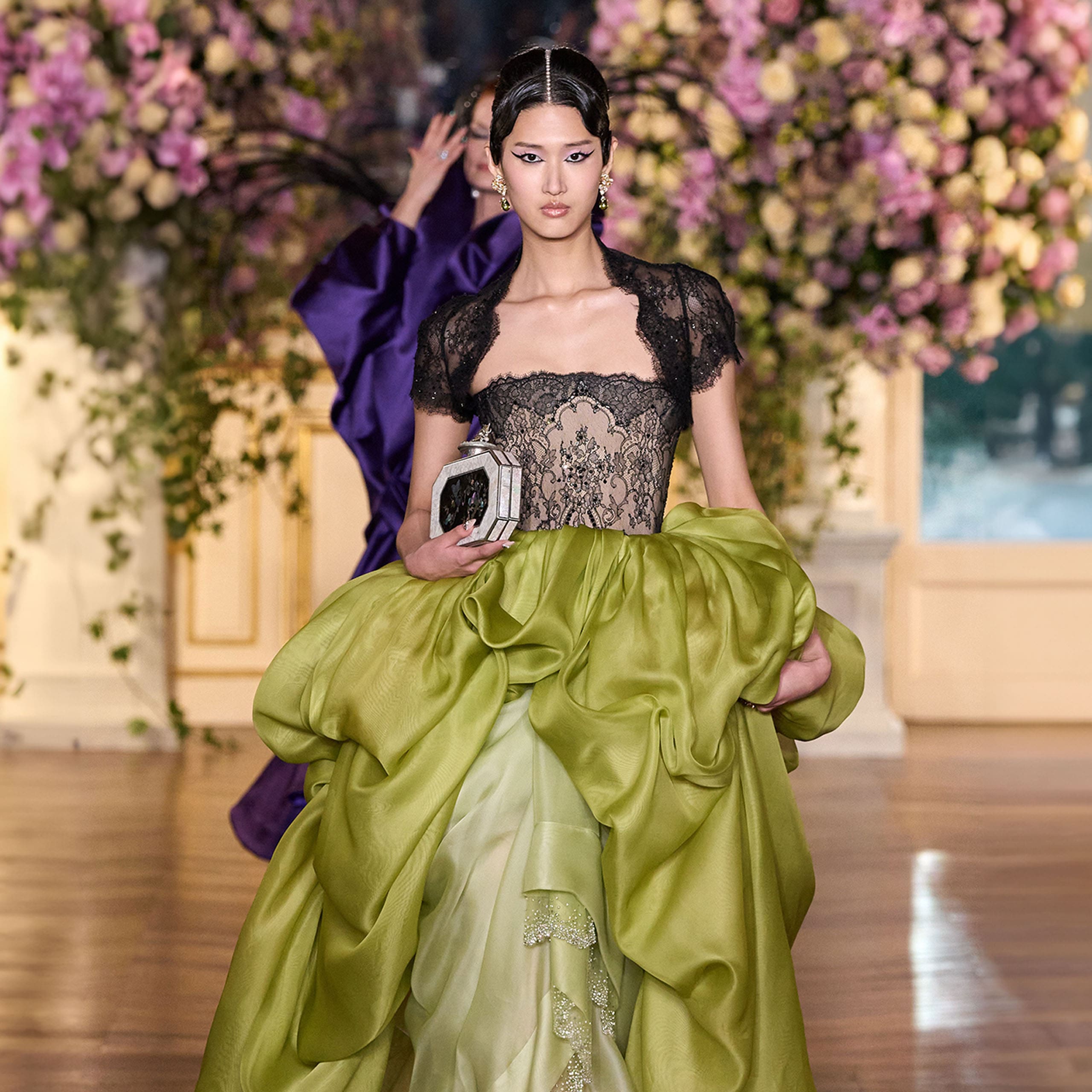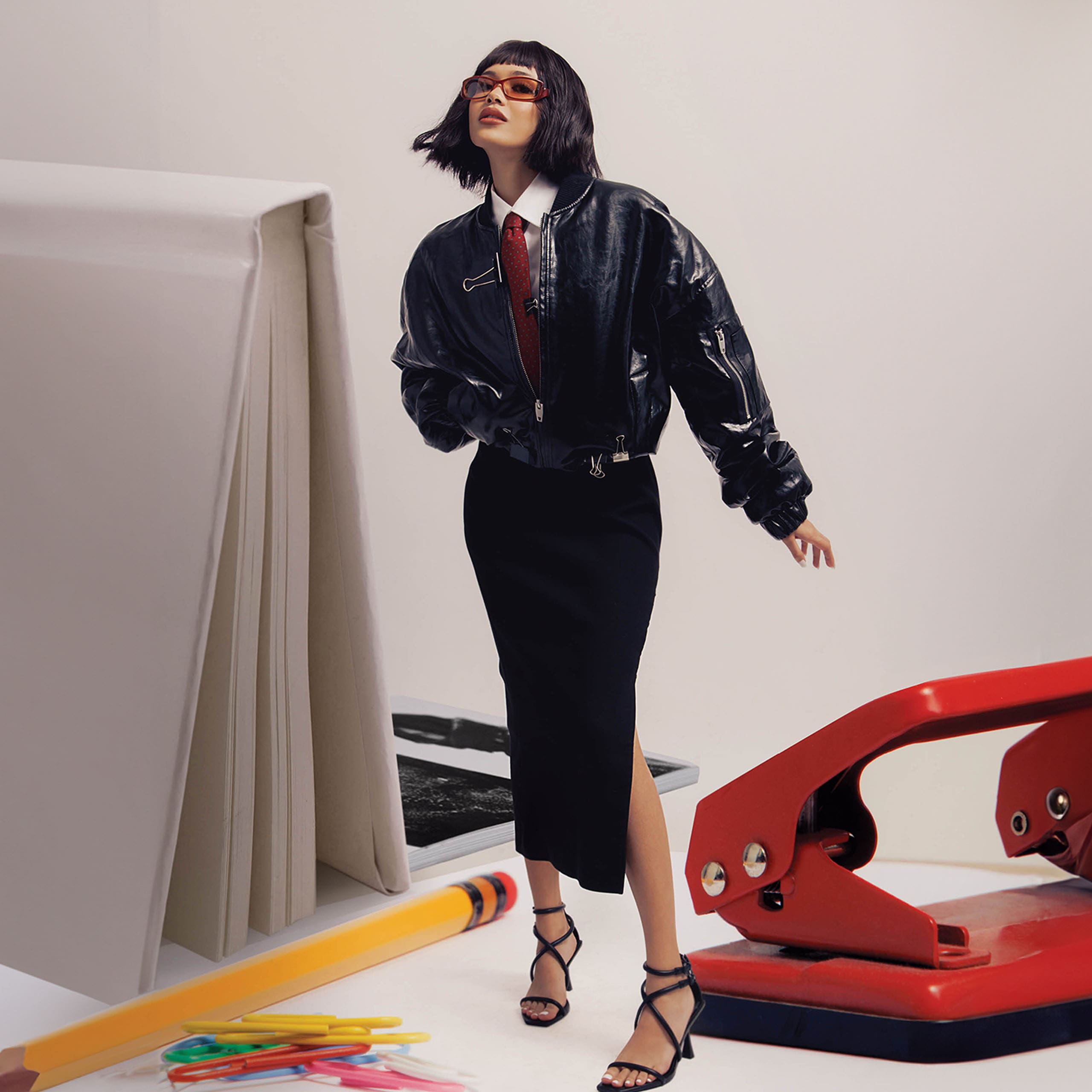With couture’s gates rarely opened to Asian designers, Sohee Park’s couture debut shows that heritage is runway material with centuries-old Korean craftsmanship
Haute couture has long been the guarded dominion of European maisons, but Sohee Park reveals that fashion’s highest echelon has room for new looks. With her label Miss Sohee officially entering the Paris Haute Couture calendar for Spring/Summer 2025, the South Korean designer has done more than carve a space for herself—she is cut from a different cloth, but one that belongs in couture.
RELATED: What Makes Couture, Haute Couture?
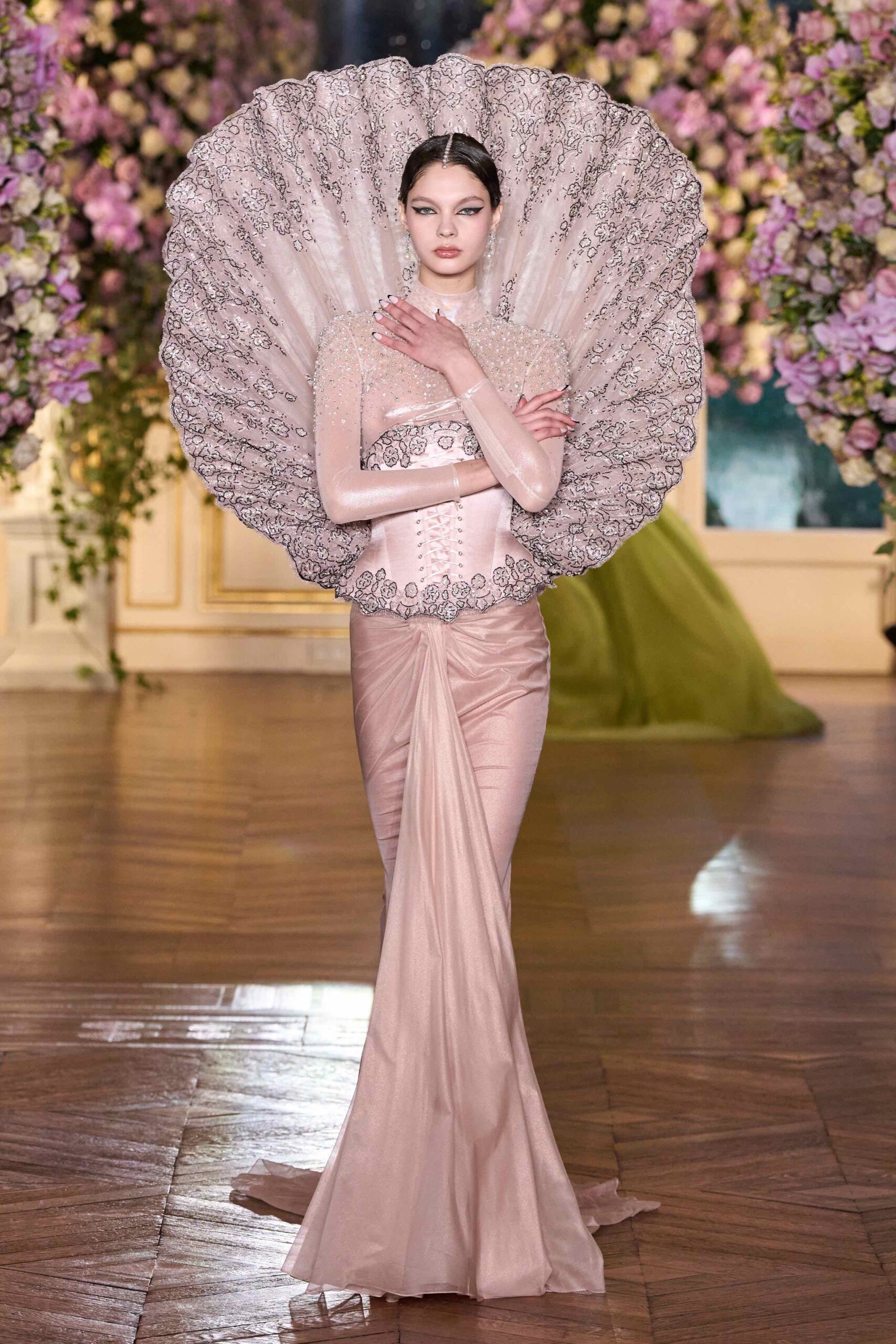
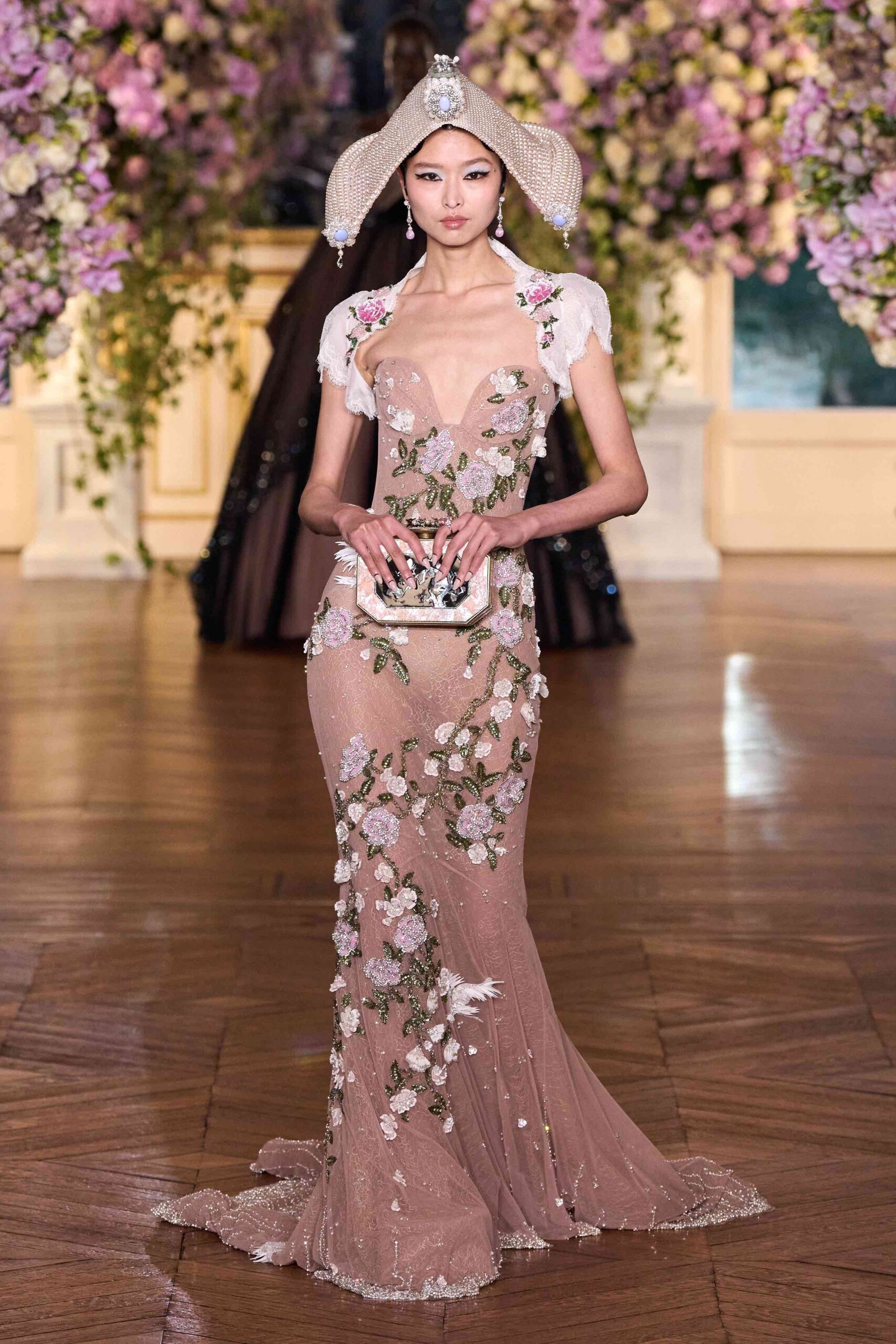
The Artistry of Ancestry
Park’s couture debut was a reverent homage to the artisans of her homeland, a collection where age-old techniques found a new pulse. Naejeonjang—the inlaying of mother-of-pearl, a craft so intricate that its practitioners are considered national treasures—was embedded into corsetry and lace, turning the notion of structure into something as fluid as light on water. The hanbok, with its voluminous curves and architectural grace, was deconstructed and reimagined in sweeping silhouettes that paid tribute to tradition without veering into costume.
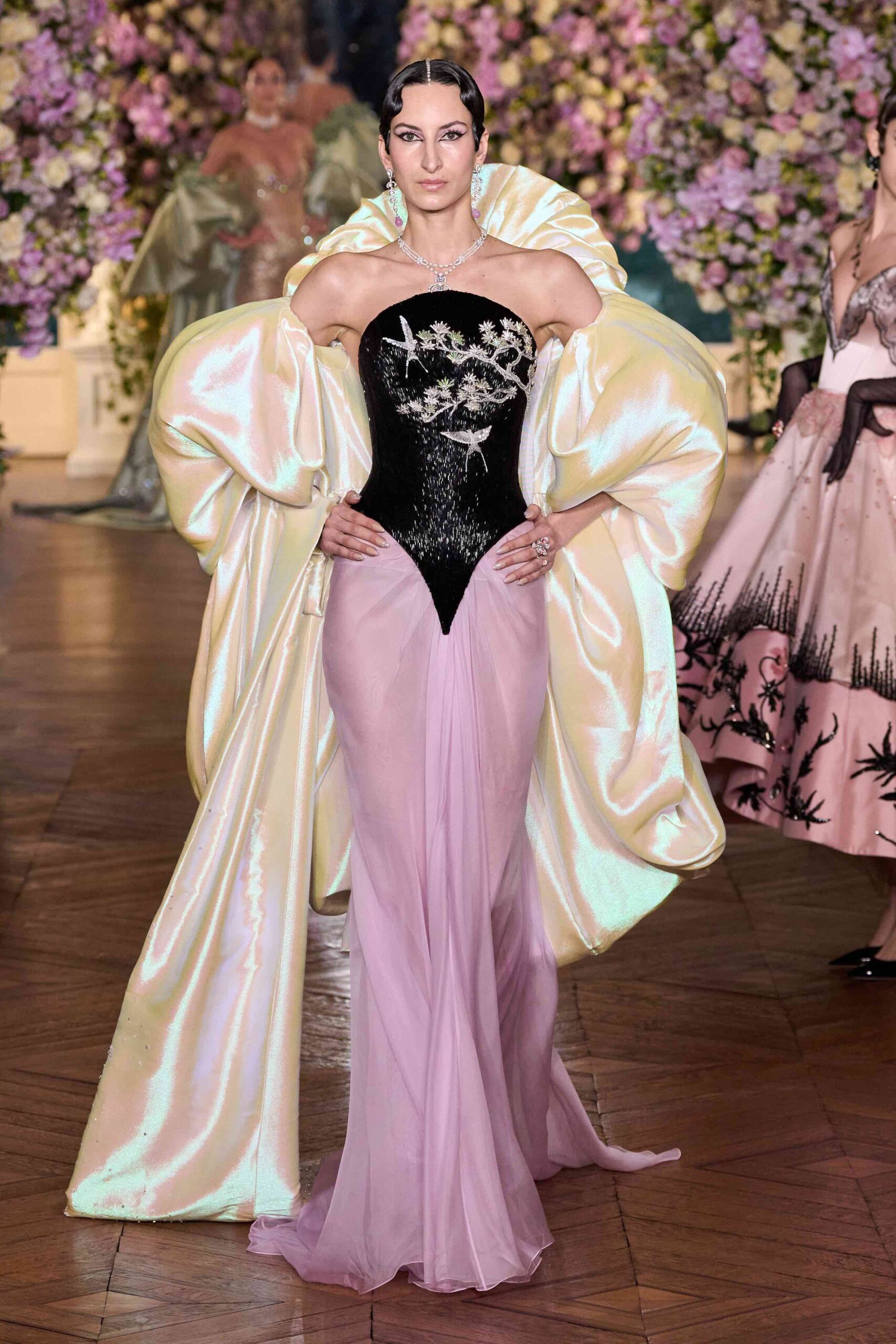

But Park didn’t stop at the expected. In a surprising pivot, leather—typically the domain of rigidity rather than refinement—found its way into her world. Crocodile-embossed panels were sculpted into petal-like formations, a contrast of toughness and fragility that underscored the collection’s core philosophy: heritage is a living, evolving force.
Couture with a Korean Accent
Miss Sohee has always been synonymous with hyper-feminine fantasy—bias-cut silk gowns that cling like molten gold, chiffon feathers so airy they could float off if you exhaled too hard—but this season, Park’s vision felt even grander, as if she had unlocked a new dimension of her aesthetic. Chantilly lace crinolines fluttered with a weightlessness that defied their historical stiffness, while embroidery, often reserved for delicate flourishes, took the lead as the collection’s storytelling device. Peonies, butterflies, and seashells—motifs drawn from Korean iconography—were further stitched into detail.
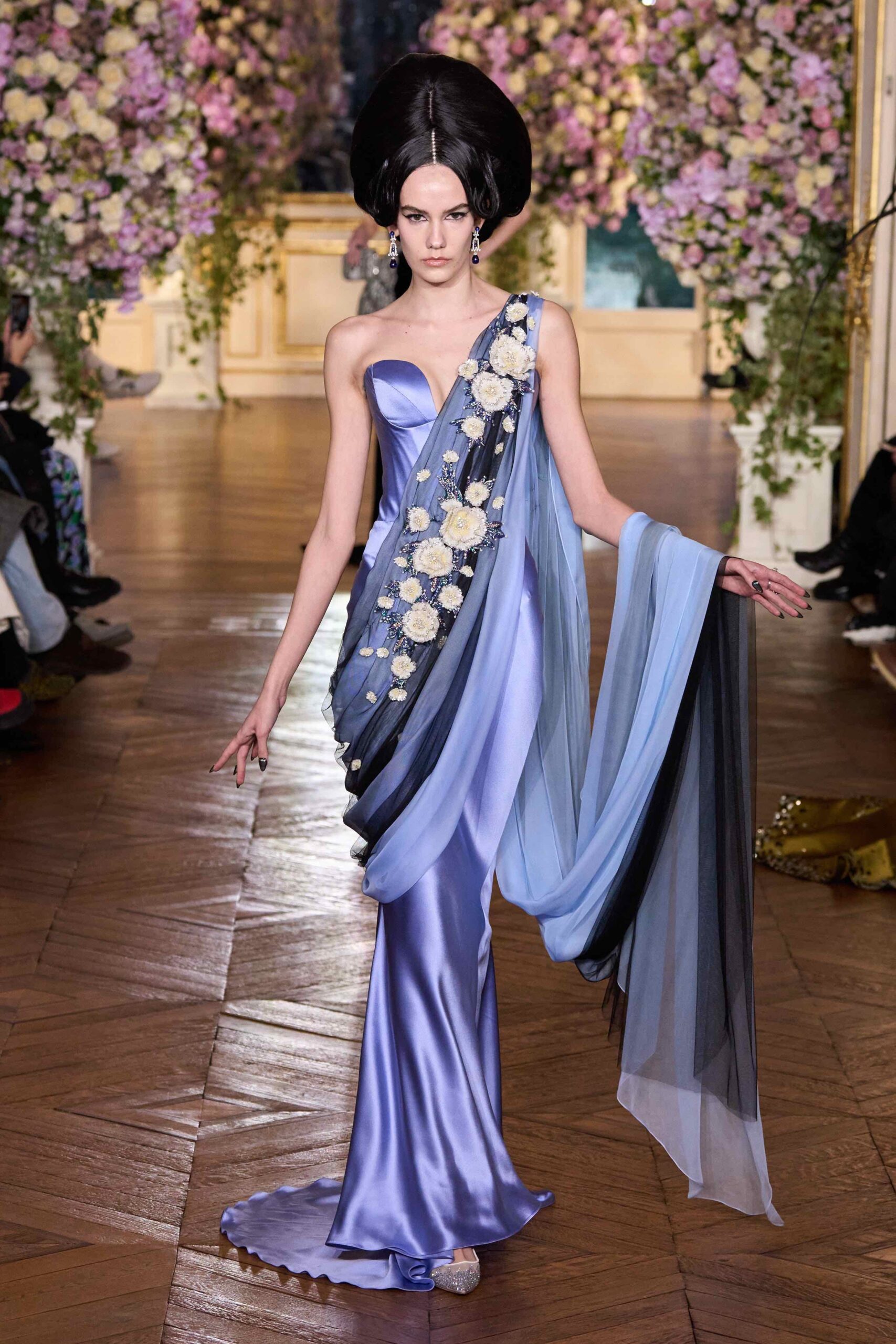
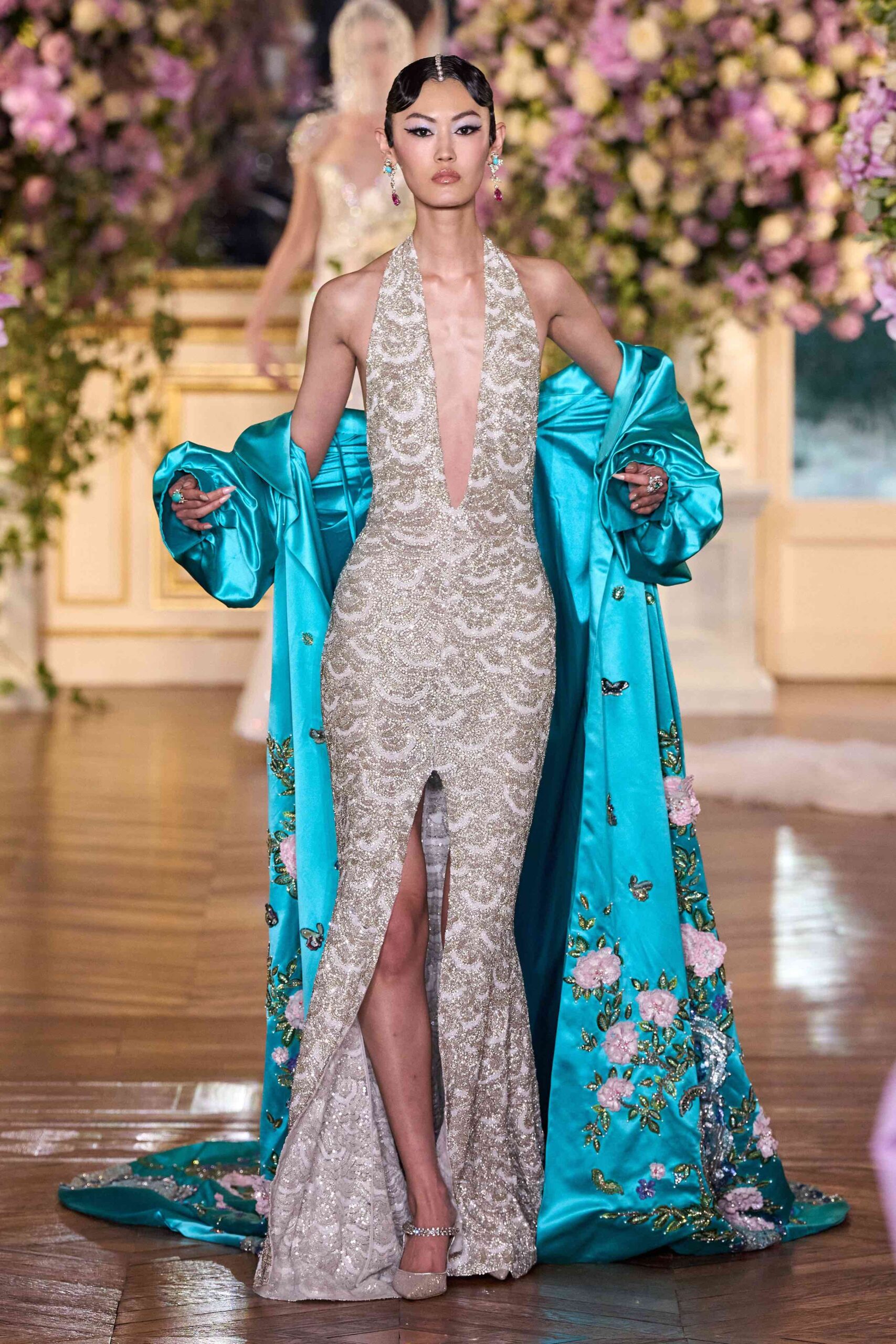
Park herself described couture as the ultimate playground, a space where she could be “the most extreme version” of herself. That extremity translated into opulence without excess—a balance that few achieve and even fewer sustain.
A Moment for Asian Fashion
Park’s ascent to the official couture roster is a moment for Asian representation. Contemporary Asian designers have reshaped ready-to-wear, but couture remains an exclusive club for Europe’s elite. Park isn’t knocking, but making the guest list.
It’s a sentiment featured in her approach to craftsmanship. By working with Korean artisans, Park elevates heritage, showcasing the richness of Asian craftsmanship on a stage that has historically overlooked it. Her debut is a testament to the fact that couture is no longer just the domain of Parisian ateliers, but a global language spoken in silk, lace, and hand-stitched dreams.
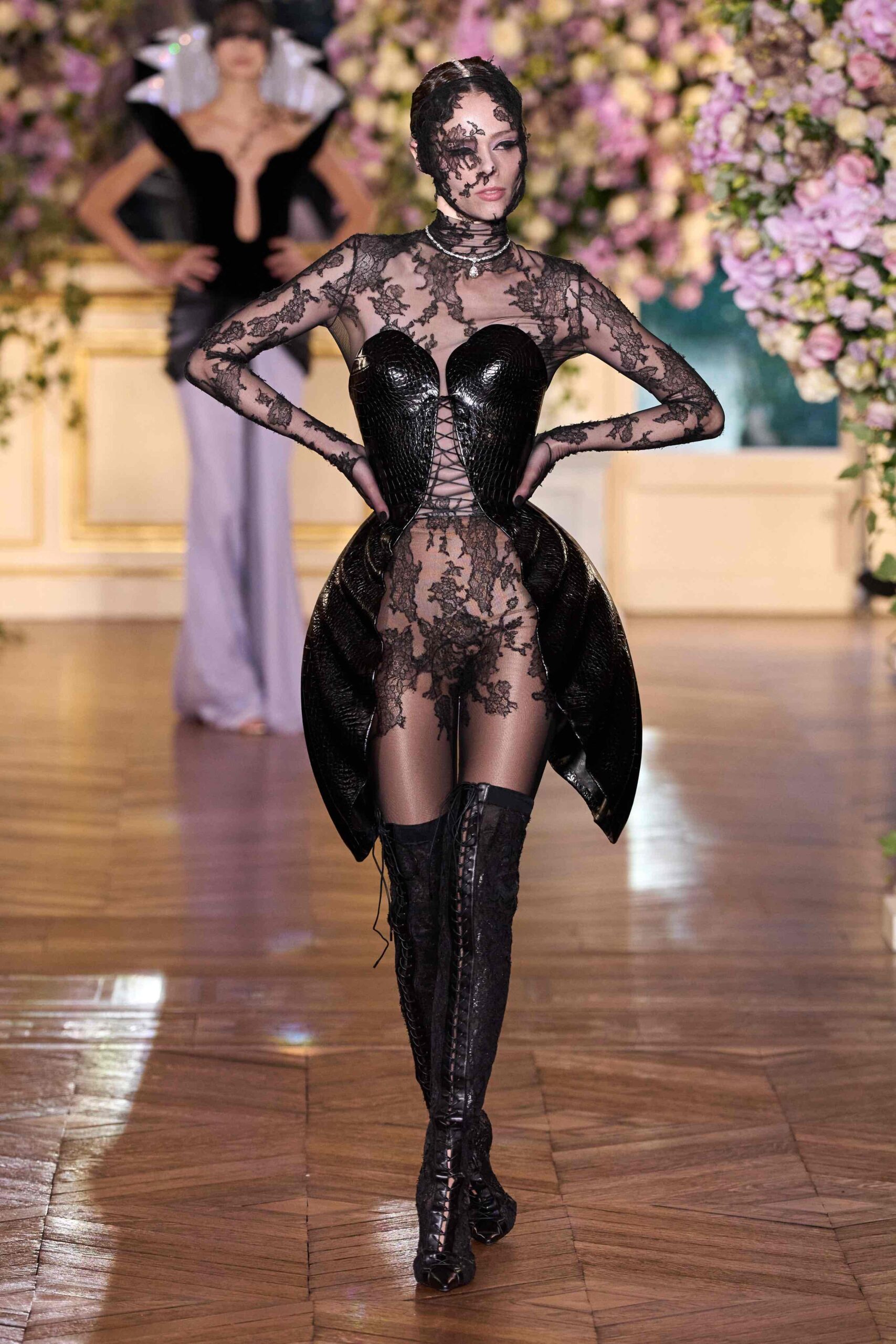
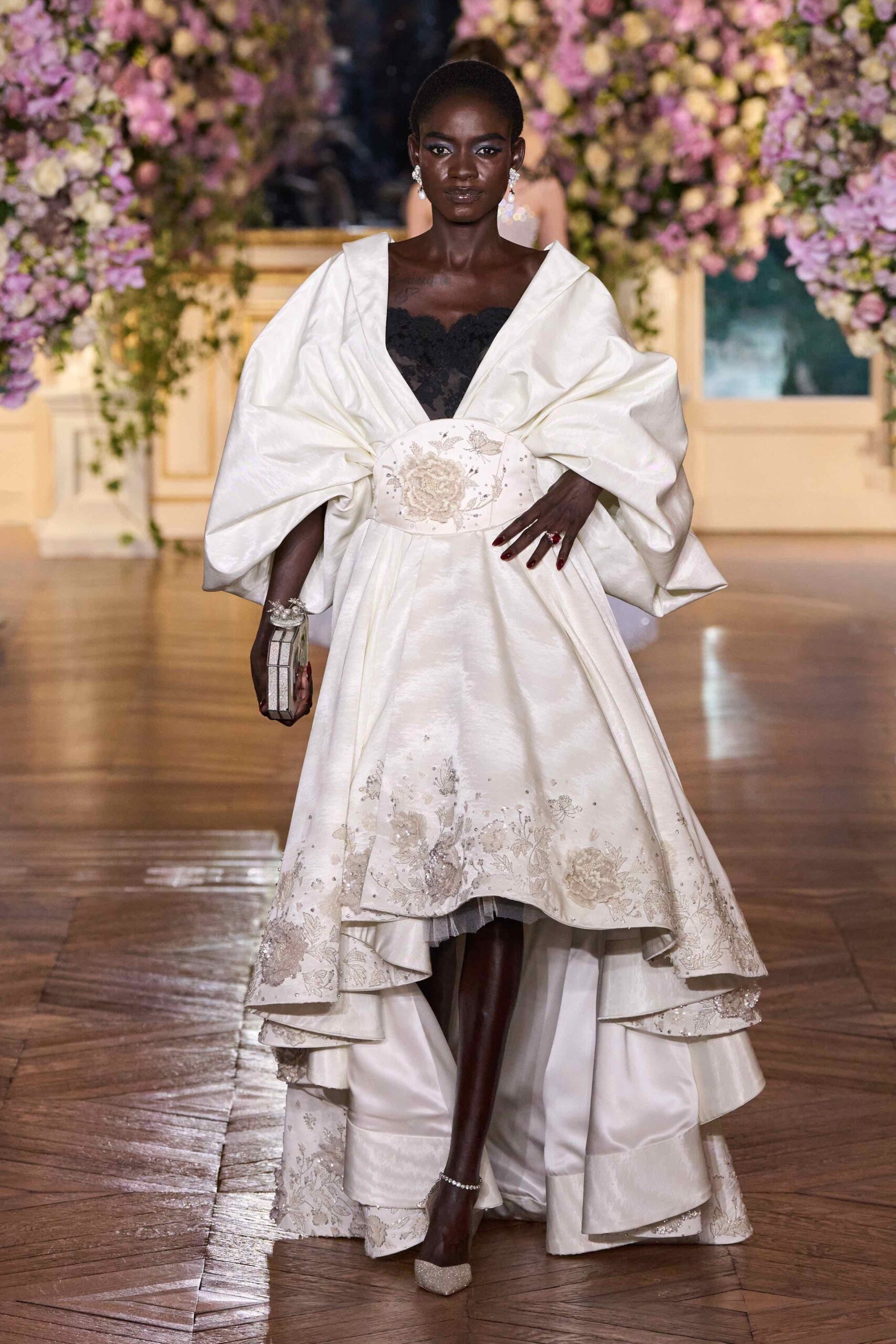
Park has not only stepped into that space—she has done so in a mother-of-pearl-encrusted gown, flanked by techniques predating Paris itself. What she’s proving is that couture doesn’t have to look the way it always has. Heritage, when wielded like this, isn’t just something to be preserved. It’s something to be worn, flaunted, and, in the right hands, completely reengineered into something new.
Photos: MISS SOHEE
